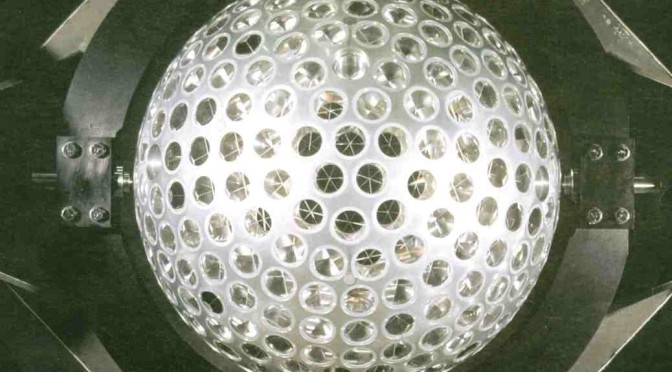By Anupum Pant
Gangkhar Puensum, meaning three mountain siblings, is the tallest mountain in Bhutan with an elevation of 7,570 meters. Since the 80s several attempts have been made to climb this mountain – a part of which lies in Bhutan and the other part in Tibet. None of the attempts have ever been successful.
However in the year 1999, a team of climbers from Japan, after a protracted attempt to get a permit, were able to reach the top of one of the three peaks – Liankang Kangri – from the Chinese side of the mountain. Later, protests from local people in Bhutan made them stop.
So technically, the highest peak has never been climbed by anyone till date. Gangkhar Puensum remains the highest unclimbed mountain. The reason mostly is because obtaining a permit to climb it is almost impossible. It is prohibited by the government of Bhutan.
The prohibition by the government has mostly to do with the lack of rescue services at that place, and due to the local belief which considers the peak sacred – a home to holy spirits.
Gangkhar Puensum is certainly one of the uncharted mysterious places in the world where no one has gone and probably never will.
